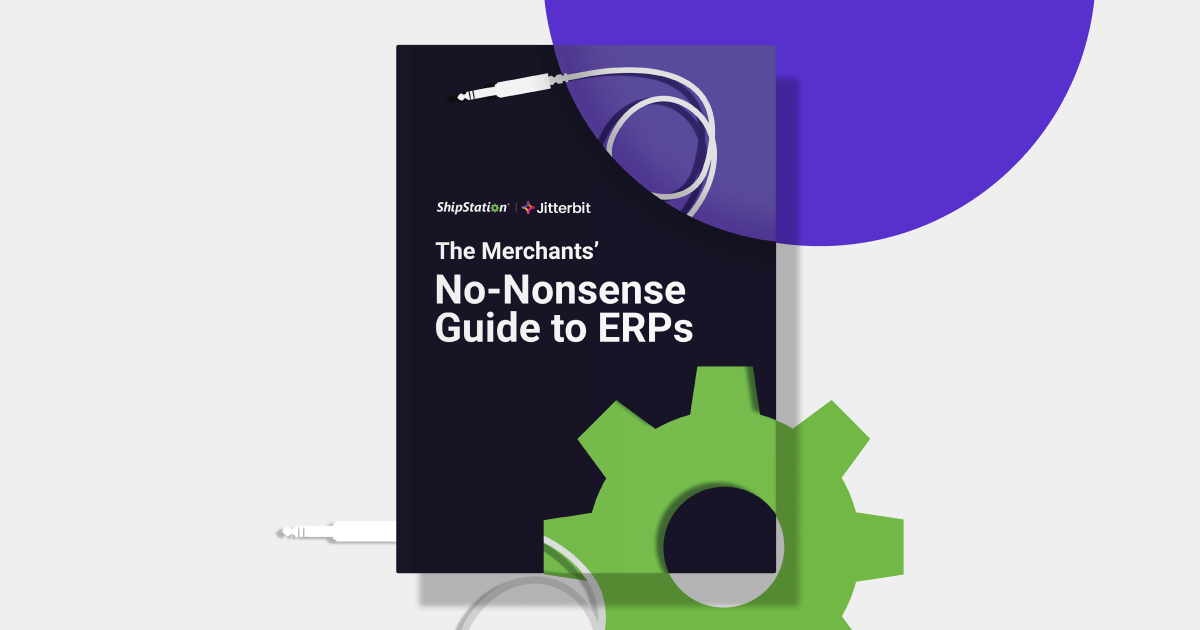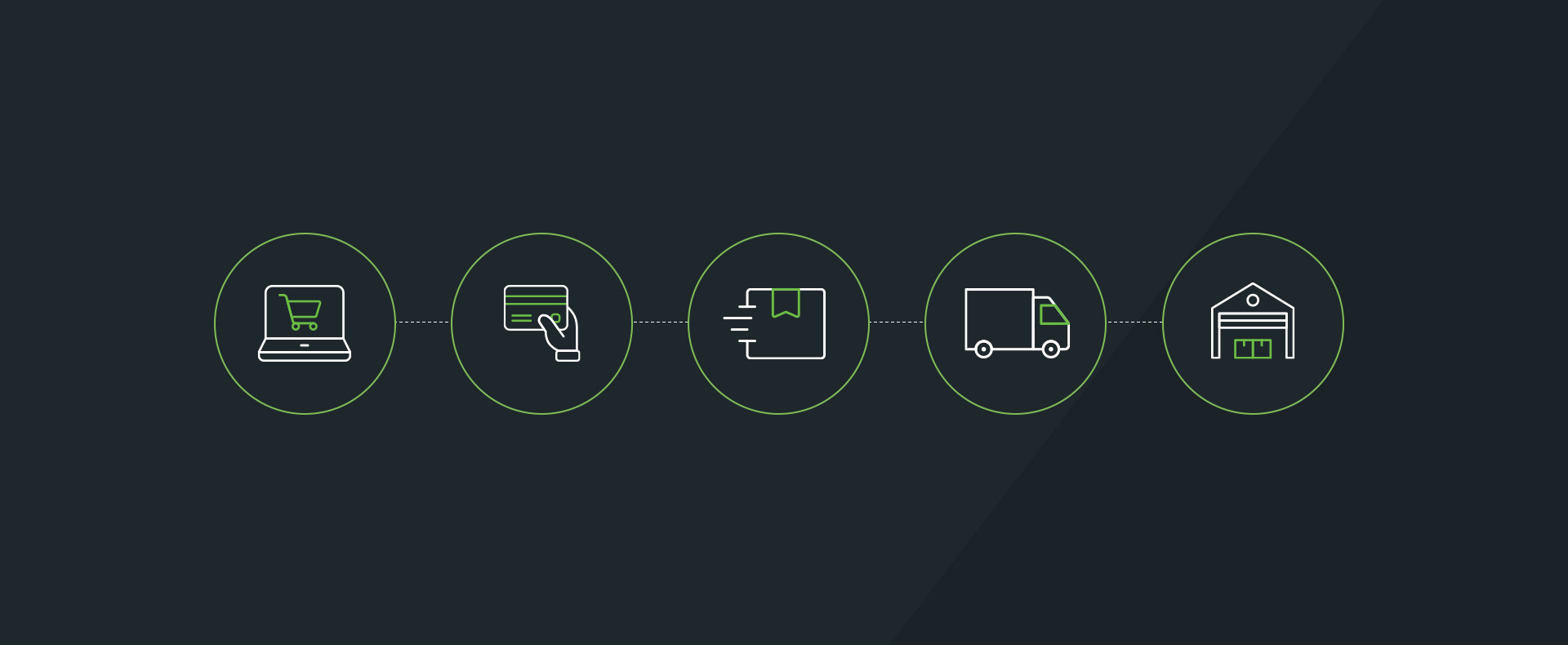Want to Export from Canada to the U.S.? Start Here.
This blog was contributed by Lindley Graham, who leads the creation of merchant-centered ecommerce and shipping insights at Canada Post, which delivers two out of three parcels in Canada. The company helps merchants of all sizes to power their ecommerce expansion strategies, both in and out of Canada.
![]()
More than 75% of American online consumers are interested in shopping overseas. And the country they most prefer to buy from is Canada.
The proximity and buying power of the U.S. makes cross-border expansion enticing to Canadian retailers. The fact that U.S. shoppers have similar habits to Canadian consumers makes it easier to meet their expectations, too.
At Canada Post, we help retailers of all sizes build and optimize their international shipping strategies. If you’re thinking about expanding your business (or want to improve your current international strategy) here are some tips on how to export from Canada to the U.S.
Know the rules and regulations.
First, ensure you can sell your product in the U.S. since many products are prohibited or require special import documentation. For example, food imports need approval from the FDA.
Additionally, the U.S. duty threshold allows purchases up to USD$800 before customers must pay duty. If your goods exceed this threshold, warn shoppers and plan accordingly.
Both Canada Post and the U.S. Customs and Border Protection have helpful online resources on specific product regulations. Start there before you begin to sell to U.S. customers.
Communication is everything.
Clearly outline your U.S. shipping policy and timelines on your website. A straightforward shipping process removes barriers for U.S. shoppers and encourages conversions. Plus it helps reduce unnecessary inquiries.
Online retailers who successfully export from Canada to the U.S. know to display prices in USD. U.S. shoppers are more inclined to move forward with their order if they see prices in their own currency. Don’t make them leave your site to go find the exchange rate.
Meet customs requirements.
Every import into the U.S. is subject to customs review and clearance. To avoid delays and complications, include detailed information about order contents. For example, a retailer selling t-shirts should write “men’s shirt, XL, 100% cotton” on the export packing list instead of just “t-shirt.”
Pro Tip: When you create your U.S.-bound Canada Post shipping labels within ShipStation, all customs information is on the label. This means less documentation and a speedier shipping process.
The receiving experience matters.
Your U.S. customers’ experience matters. And it doesn’t end until the package is in their hands. When assessing your delivery partner and shipping options, consider factors such as …
- Ease of integration with suppliers and technology
- Availability of tracking
- Additional options, like signature required-delivery
The final mile is important to repeat purchases because U.S. shoppers want flexible and convenient delivery experiences. So consider whether your partner has the experience and ability to fulfill your customers’ demands.
Whether you’re selling at home or abroad, providing a positive experience to your customers is the key to success. Canada Post has abundant resources, tips and cross-border expertise to help confidently export from Canada to the U.S. Find out more here.






